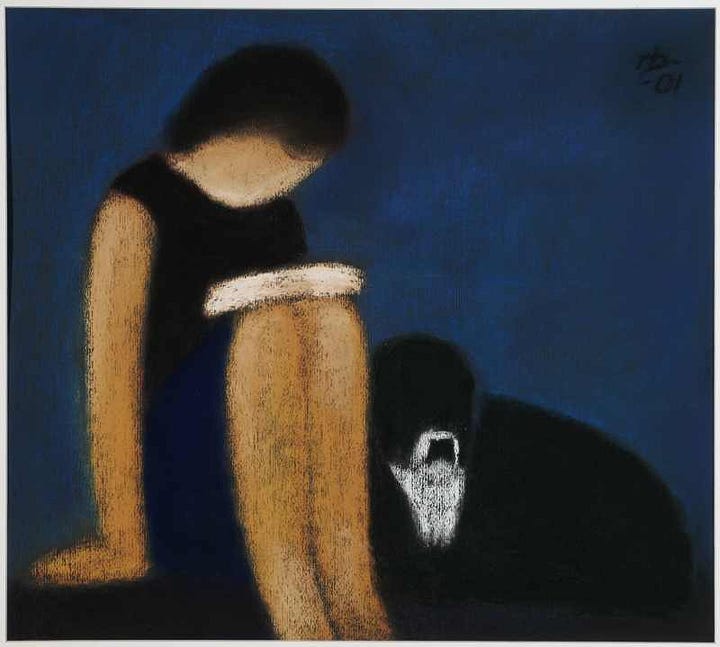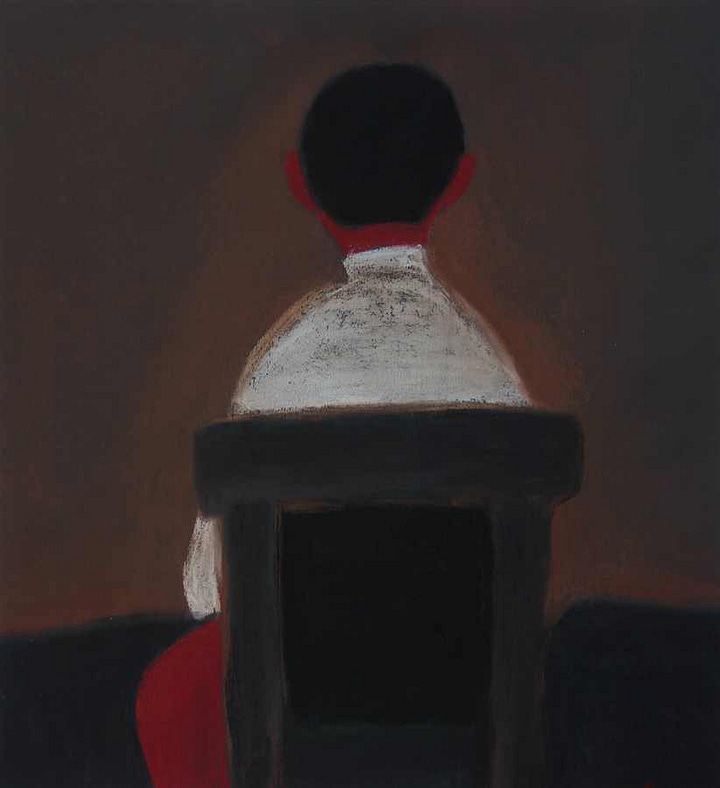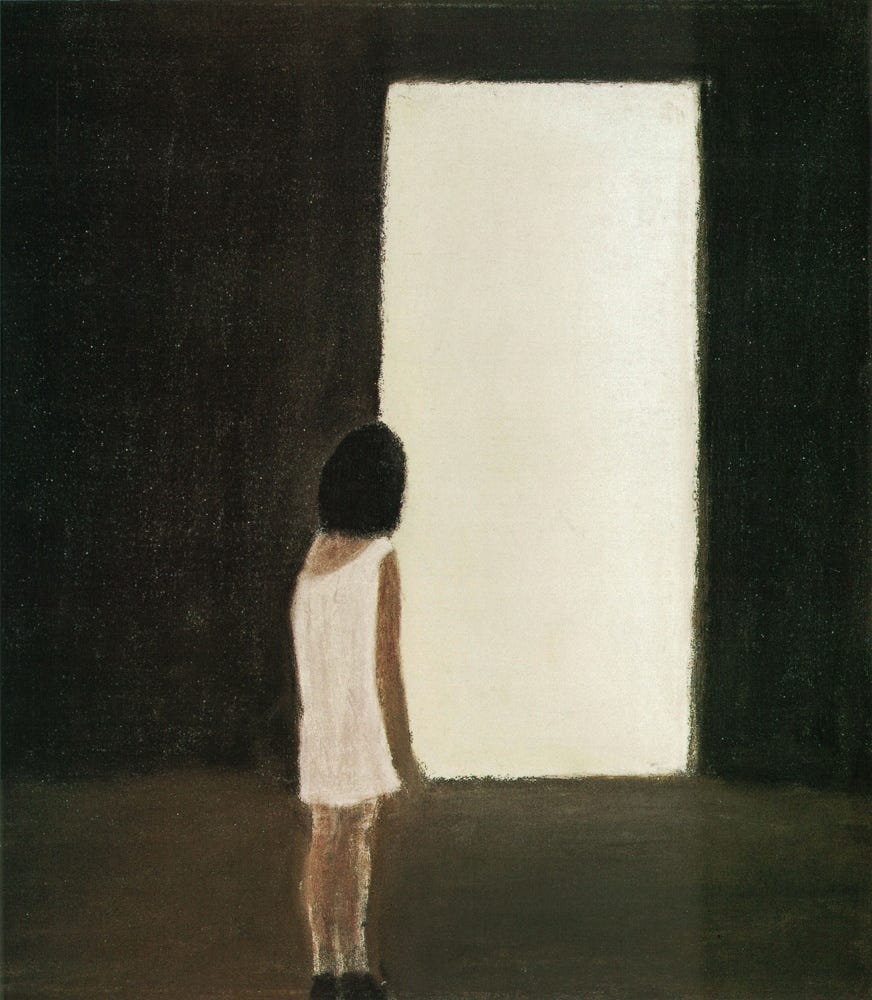I discovered Peter Dik by chance — I was around 13 when my dad (also an artist) brought home a catalogue from Dik’s exhibition in Moscow. Later, he took me to the exhibition itself. I thought: what a strange name for a Russian artist.
It turned out that Peter Dik was a German, born in 1939 in a German settlement in the Altai region (I was also born in Altai). From his 30, Peter Dik lived and worked in Vladimir (about a three-hour drive from Moscow) and later moved to Suzdal, a well-preserved medieval town near Vladimir. The artist passed away in 2002 in Germany just before the opening of his solo exhibition.
I never met Peter Dik personally, but his house (which included his fantastic studio) stood right on the grounds of the Suzdal monastery. Peter Dik's wife, Kira, an architect, was a friend of my dad. I visited her several times with my father, and that house, with its colours, smells, and overall atmosphere, felt vastly different from typical Russian houses.
This blog is a reader-supported. To receive new posts and support my work, consider becoming a paid subscriber. For just a two coffee cups price. Thanks!
Peter Dik painted with pastels on sandpaper. It’s incredibly beautiful technique! His works are always about light and shine. The sandpaper added even more light with its silvery and textured surface. Kira often complained that these works were incredibly difficult to transport due to their fragile nature.


I loved looking through the catalogues from Peter Dik’s exhibitions. I always had one with me, no matter where I moved, and I moved a lot. I haven't lived with my parents since I was 17. But when I left for another country in 2022, I had to leave all my books behind — I simply donated them to one charity organisation. That catalogue, too. Because we didn’t know where we were going, where we would find a home, or when. Books were the last thing on our minds.
Now, I often miss that album. There was always so much magic in Dik’s works for me. He could say so much with almost no words. Just a few geometric shapes put together, and everything was clear and visible. His works also carried a lot of sadness and silence. In each character.
There’s a certain calligraphic quality to his works. The colours are chosen with such precision, and the forms are selected to make the narrative understandable at a glance. I wonder if Dik worked quickly or slowly. I was too shy to ask Kira when she was alive, and now she is gone too. I can only guess.
As I wrote this text, I realised that my love to Peter Dik’s works also represents a way of communicating with my father. It was only around art that we were able to communicate properly. In everyday life, he was simply unbearable. But he opened up so many good and important things to me from that non-everyday side. I feel grateful in silence because we hardly speak now. So, Peter Dik’s works are also something personal to me, connected to deep childhood experiences.
So, that was a short text about Peter Dik for you — the artist from Altai, Vladimir and a little bit from Germany. I cherish and appreciate him dearly. I hope you get to see his shimmering works in person someday!
This blog is a reader-supported. To receive new posts and support my work, consider becoming a paid subscriber. Thanks!








